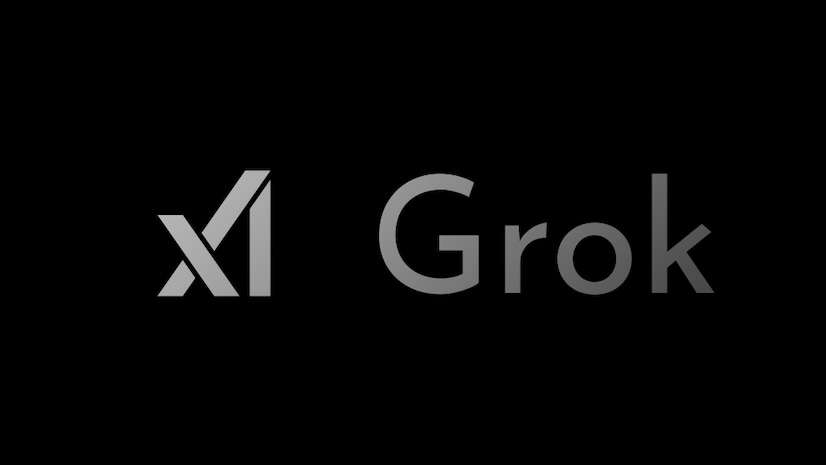Elon Musk’s xAI has officially launched the public beta for its API service, marking a significant development for the company’s large language models (LLMs). With this new offering, developers now have the opportunity to integrate xAI’s Grok models directly into their applications, enabling a range of functionalities that rival existing AI services from companies like OpenAI and Anthropic. The new xAI API provides access to Grok-beta with additional models like Grok-2 and Grok-2 mini expected soon.
1. Overview of xAI’s New API Service for Grok Models
The launch of the xAI API is a major milestone in the field of artificial intelligence, particularly for developers interested in integrating language model functionalities within their applications. Announced by Elon Musk on X (formerly Twitter), the API provides access to xAI’s language models, starting with Grok-beta, with further expansions to include Grok-2 and Grok-2 mini. The xAI API service opens new possibilities for generating, analyzing, and processing content via a user-friendly yet powerful console.
2. Features of xAI’s API Service
xAI’s API offers a range of distinctive features that enhance its usability and functionality. Some key aspects include:
- Advanced Inference Servers: These servers support multiple regions for efficient processing. However, in the beta phase, access is limited to the us-east region.
- API Documentation and Key Management: Users can manage API keys, track usage, and view documentation for easy integration and team management.
- Comprehensive Model Comparison Tools: Developers can explore model capabilities, token limits, and pricing structures.
3. Accessing and Using the xAI Console
The xAI Console is the primary portal for developers to interact with the API. Through this console, users can perform the following:
- API Key Creation and Management: Enables controlled access across different team members.
- Model Comparison: Allows developers to assess various models available under the xAI umbrella.
- Usage Tracking and Billing: Provides a real-time view of usage metrics and billing information for enhanced financial planning.
4. Pricing Comparison: xAI vs. Competitors
In terms of pricing, xAI’s API service differs from competitors like OpenAI. For instance:
| Model | xAI Pricing (131,072 tokens) | OpenAI Pricing (1 million tokens) |
|---|---|---|
| Input Tokens | $5 | $2.50 |
| Output Tokens | $15 | $10 |
While Grok-beta offers impressive capabilities, OpenAI’s GPT-4o is priced more affordably for high-volume needs. Batch API pricing from OpenAI further undercuts xAI’s offerings.
5. Capabilities of Grok Models
The Grok models exhibit diverse functionality and are designed to handle extensive data-processing tasks:
- Text Understanding: These models can interpret complex sentences, paragraphs, and documents.
- Coding and Programming: Grok models support several programming languages, making them valuable for software development.
- Image Generation: Although still in early stages, Grok models have preliminary image generation capabilities.
6. Developer Reactions and Feedback
Feedback on the xAI API has been mixed:
- Positive Feedback: Many developers appreciate the low hallucination rate. For example, Ofer Mendelevitch highlighted the 4.6% hallucination rate, placing it favorably on the Vectara hallucination leaderboard.
- Critical Feedback: Some, like Aleksandr Vasilenko, noted the high pricing and slow console performance. Additionally, the lack of a “playground” feature for direct model interaction was seen as a disadvantage.
7. Integration with OpenAI and Anthropic SDKs
xAI offers compatibility with OpenAI and Anthropic SDKs, particularly for JavaScript and Python users. This integration allows:
- Cross-Platform Usability: Developers can utilize xAI in tandem with other AI models, benefiting from unique functionalities across platforms.
- Enhanced Flexibility: Developers using other LLM services can switch seamlessly between APIs without extensive reconfiguration.
8. Using xAI’s API: Supported Languages and Protocols
xAI’s API supports several programming languages and protocols, enabling ease of integration:
- Languages: JavaScript, Python, and REST are among the main languages used for xAI’s API.
- Protocols: In addition to REST, xAI supports gRPC, a high-performance RPC framework suitable for efficient, cross-language communication.
9. Current Limitations in xAI’s API Service
Despite its potential, xAI’s API has some limitations:
- Geographical Limitations: Only accessible in the us-east region during beta.
- High Pricing: Costs per token are higher than some competing services.
- No Console Playground: A missing feature that hinders direct, real-time model experimentation.
10. Future Developments for xAI’s API
Future updates to the xAI API are expected to include:
- Increased Model Availability: The introduction of Grok-2 and Grok-2 mini.
- Expanded Regional Access: Broader geographic reach beyond the us-east region.
- Enhanced Console Features: Potentially adding a playground or other interactive elements.



